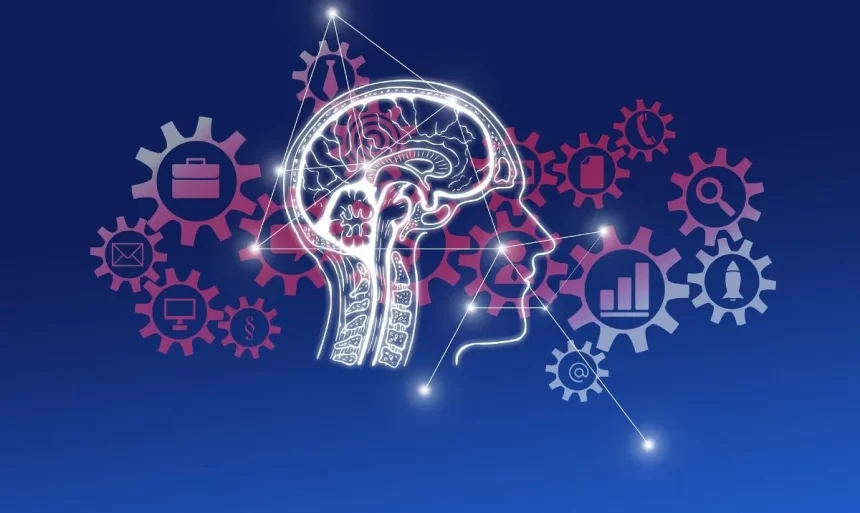Artificial intelligence has reshaped almost every industry, including healthcare, stock markets, and, cybersecurity. Where it is used to both enhance human work and reinforce defenses. As a result of recent advances in machine learning, it will now be possible to automate the tough work once performed by humans. The capacity of today’s AI in cyber security to find threats, risks and relationships help it to sift through a generous amount of noise that overwhelms cybersecurity divisions and to surface only the pointers that are meant to be valid.
Indeed AI in cyber security changes some aspects of cybersecurity
Although it’s perhaps unreasonable, humans are active in every piece of the cybersecurity : the terrible actors who look to hurt, the naive soft targets, and the tremendous on-screen characters who fight back.
Even without AI’s approaching phantom, the cybersecurity war zone is still hazy for both regular users and technologically savvy alike. It may seem doubly unmanageable and indifferent to include a layer of AI, which contains various innovations that may seem inexplicable to many people. That’s because, despite the fact that the cybersecurity battle is once in a while deeply personal, it’s being pursued face-to-face once in a while.
With 3.5 million cybersecurity positions expected to go unfulfilled by 2021 and security breakdowns rising by around 80% per year, infusing human intelligence with AI and machine learning software is vital to shut down the gap in talent availability. That is one of the suggestions of a study called Trust at Scale late released by cybersecurity company Synack and citing job and breach data individually from Cybersecurity Ventures, and Verizon reports. Indeed, as AI and machine learning upheld ethical human hackers, they were able to recognize and assess IT risks and threats by 73%.
The advantages of AI in Cyber Security with Humans are two fold
Threats due to fatigue or boredom never slip through the cracks again, and cybersecurity experts are released to accomplish more strategic tasks, such as remediation. Similarly, artificial intelligence can be used to increase perceptibility over the network. Phishing can be examined by simulating clicks on email links and by analyzing word choice and grammar. It can monitor network communications for endeavoring for malware installation, communications command and control, and suspicious packets. What’s more, virus detection has evolved from an exclusively signature-based system that has been intertwined with issues with reaction time, expertise, and storage requirements to the behavioral analysis span that can identify signature-less malware, zero-day exploits, and previously unidentified threats.
In any case, while the conceivable results with AI seem unfathomable, the possibility that they might wipe out people’s role in cybersecurity divisions is about as unrealistic as the possibility of a Baymaxes phalanx supplanting doctors from the nation. While AI’s ultimate goal is to simulate human functions, such as problem-solving, learning, planning, and intuition.
The critical classification
Incorporates things like the creativity that cannot be sustainably taught or personalized and would thus involve a human’s guiding hand. Anticipating that AI will determine the context of an attack feasibly and effectively might also be an unconquerable proposition, at any rate for the time being, much like the idea that AI should make new security solutions. Eventually, while AI may certainly add speed and accuracy to tasks that people usually perform, it is weak in expanding the reach of such tasks.
As it were, the impact of AI on the cybersecurity field is the same as its effect on different disciplines, in that people frequently overestimate terribly what AI can do. They don’t understand that AI often works best when it has a limited application, similar to anomaly detection, versus a more comprehensive application, like engineering a threat solution. AI needs inventiveness, as contrasted to humans. It is not an inventive step. That’s not cunning. It regularly neglects to consider memory and context, leaving it incapable of deciphering occasions as a human mind does.
Eventual cybersecurity fate will be burdened with threats that we cannot consider today. Yet, with patience and hard work, the combination of man and machine can do what none can do on their own, structure an integral team trained to uphold order and evil battle forces.










